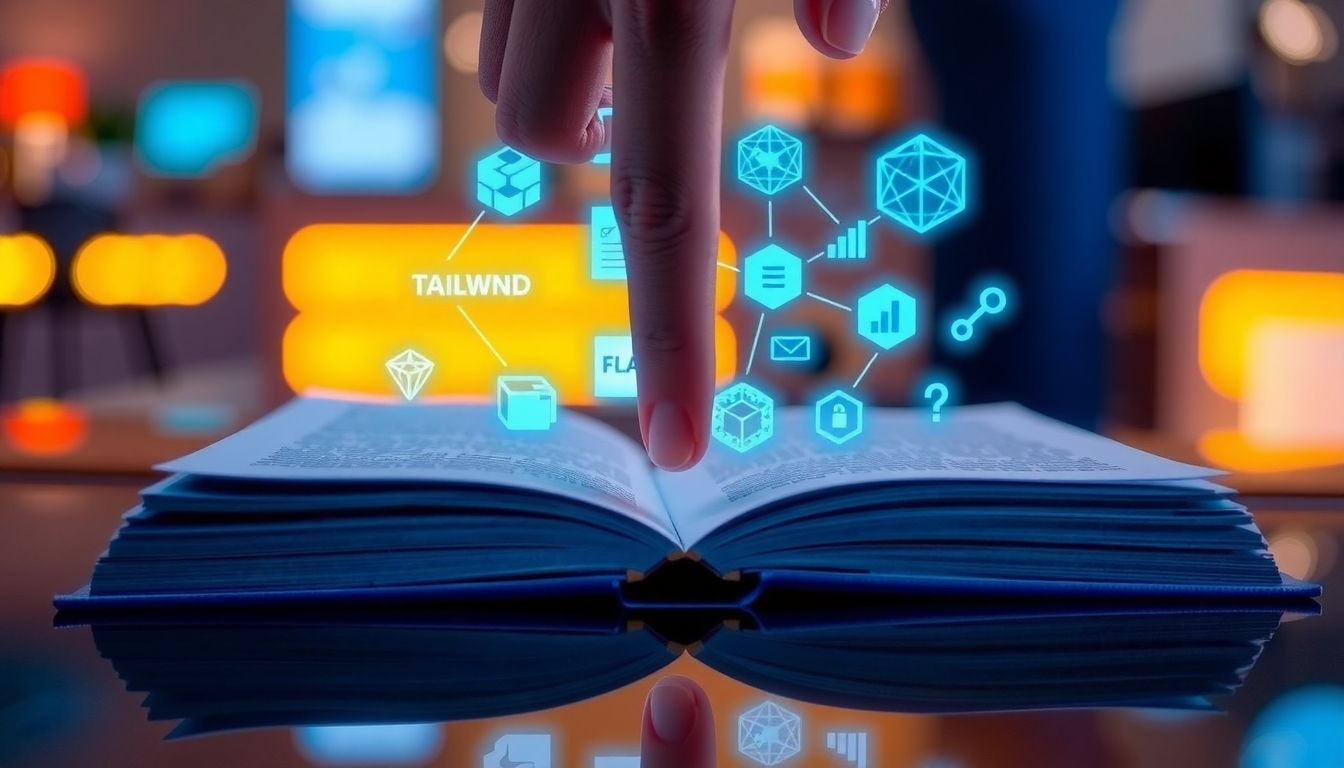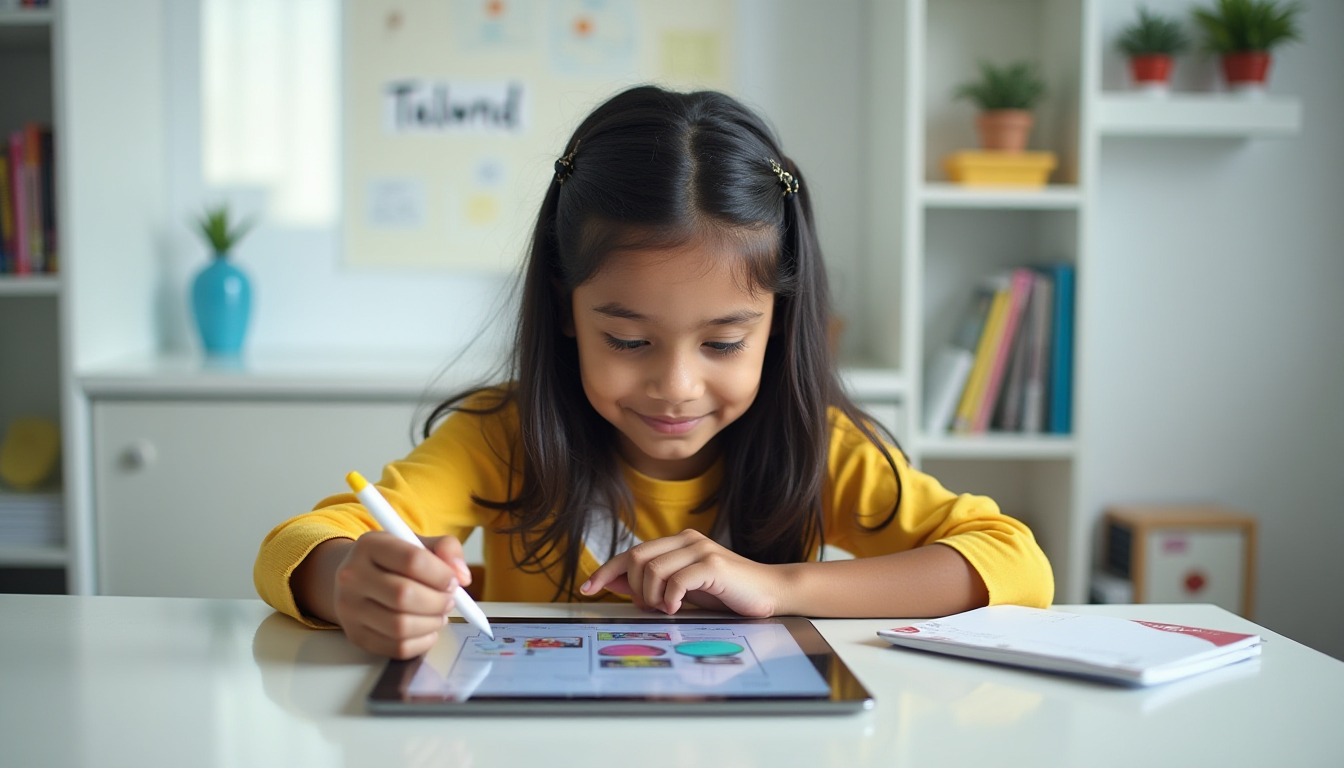AI in Classrooms: Disruption or a Doorway to Better Learning?

Let’s be honest — when most of us hear the word “AI,” we either picture robots taking over jobs or complicated tech that belongs in Silicon Valley, not in a school in Bharat. But here’s the truth: AI is already knocking at the classroom door, and the question isn’t whether it will disrupt education — it’s whether we’re ready to use it for good.
And yes, the disruption is real. But so is the opportunity.
A Teacher for Every Child — Even in Crowded Classrooms
In Bharat, where a single teacher often handles 40, 50, or even 60 students, personal attention is a luxury. But what if technology could change that?
AI tools can track how each child learns, what they struggle with, and what keeps them engaged. It’s like having a silent teaching assistant for every child — identifying when Ramesh in Class 6 needs a nudge in fractions, or when Meena in Class 7 is ready to leap ahead in science. That’s personalised learning, without needing an army of tutors.
Imagine the difference this can make, especially in rural schools or under-resourced classrooms.
Giving Teachers Their Time (and Energy) Back
Ask any teacher in Bharat what takes up most of their time, and chances are you’ll hear: paperwork, correction, reports. AI can help automate repetitive tasks like marking objective tests, generating practice worksheets, or even drafting lesson plans aligned to the curriculum.
This doesn’t mean replacing teachers — far from it. It means freeing them up to do what only humans can: mentor, inspire, connect, and care.
Real-Time Feedback for Real-Time Growth
We often wait till the end of term to tell students how they’re doing. By then, the chance to improve has passed. With AI-powered tools, feedback can be instant and constructive. Whether it’s a grammar mistake or a math misstep, students can learn from it immediately, instead of repeating the same error again and again.
Plus, they feel more in control — they can see where they’re improving, and where to focus. That’s how confidence builds.
The Flip Side: Challenges We Must Tackle
Of course, no new technology comes without questions. These are some key concerns we must keep in view:
- Bias in data: If AI is trained only on urban English-speaking users, will it understand regional diversity?
- Privacy and safety: How do we protect children’s learning data?
- Teacher training: How do we equip our educators, not overwhelm them?
These are real concerns, and they deserve thoughtful solutions — not fear-based avoidance.
It’s Not the Gadgets, It’s the Mindset
Slapping a tablet into every child’s hand isn’t transformation. What matters is how we use the technology. AI can be a distraction — or it can be a bridge to better thinking, deeper understanding, and self-driven learning. The intent behind its use makes all the difference.
What Should Parents and Educators in Bharat Do Now?
- Be curious. Find out in what ways your child’s school is incorporating AI into learning. Ask your school leaders how it complements, not replaces, human teaching.
- Support training. Teachers need hand-holding too. Let’s not expect them to master AI overnight.
- Focus on values. No matter the tech, the heart of education is still about empathy, curiosity, and wisdom. These can’t be downloaded.
The Future Isn’t Far — It’s Here
AI in education isn’t just for big cities or fancy schools. Done right, it can help a girl in a government school in Bihar learn at her own pace, or support a child with learning difficulties in Bengaluru thrive through tailored support.
Yes, AI will disrupt. Yet, with thoughtful direction, empathy, and foresight, the benefits can far surpass the drawbacks.
Let’s shape this change — not run from it.





